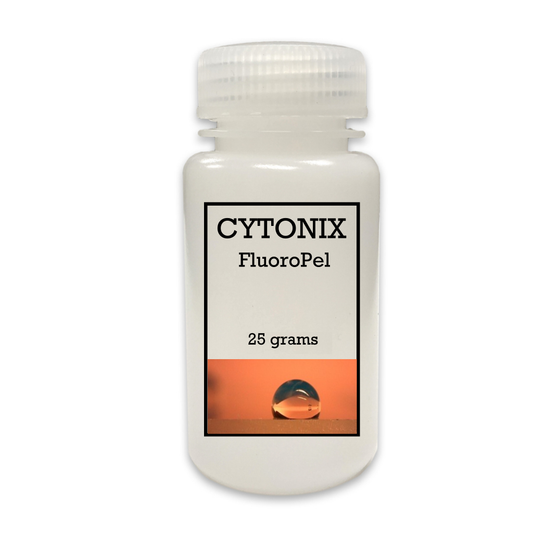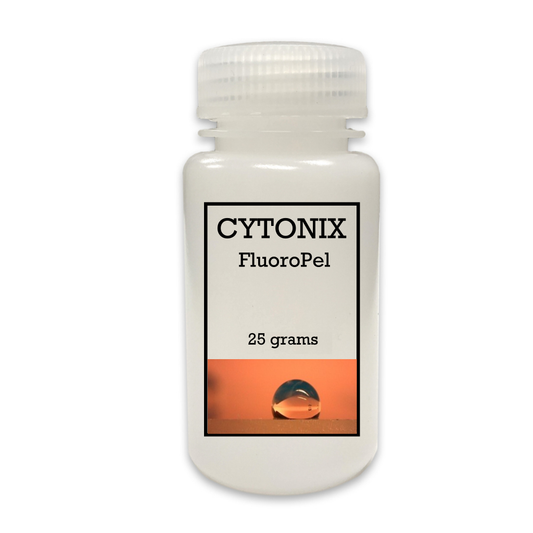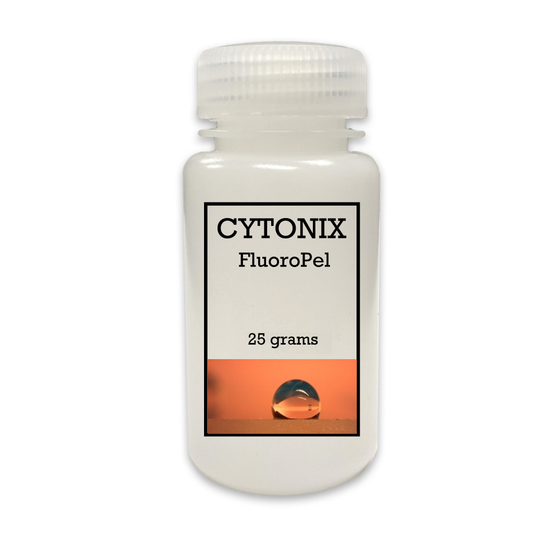Electrowetting
Since 1984, Cytonix has developed devices for micro-manipulation of chemical and biological fluids by controlling hydrophobic surfaces through optical and electromagnetic methods. Using electrowetting at a microscopic scale, we loaded channels and reservoirs, guided fluid flow, and moved droplets with precision. This early work was partly funded by National Science Foundation SBIR Phase I and II grants (1987 to 1989) and made public in 1990.
Our innovations included advanced coatings, dielectric sub-layers, and unique electrode designs such as saw-tooth, interleaved, and micro-to-micro configurations for smooth, step-wise droplet motion. We explored DC and RF control voltages as well as digital droplet manipulation for highly precise fluid handling.
Today, Cytonix continues to lead in electrowetting materials and methods, opto-electric wetting, and high-density addressable fluidic arrays, building on decades of expertise in hydrophobic, oleophobic, and superhydrophobic technologies.
V-Series Coatings
The V-Series line is the benchmark for electrowetting applications. These coatings offer ultra-low surface energy, minimal contact angle hysteresis, and exceptional resistance to UV degradation, ensuring consistent performance and long-term durability.
V-Series Selection Guide
|
Material |
Surface Energy |
Water Contact Angle |
Solvent Boiling Point |
Percent Solids |
Oxide Adhesion Promoter Available? |
|
1101V |
14 |
110° |
110° C |
1% |
Yes |
|
1601V |
14 |
110° |
160° C |
1% |
Yes |
|
1104V |
14 |
110° |
110° C |
4% |
No |
|
1604V |
14 |
110° |
160° C |
4% |
No |
|
M1604V |
140° |
160° C |
4% |
No |
-
FluoroPel PFC1101V
Regular price $231.00 USDRegular priceUnit price / per -
FluoroPel PFC1601V
Regular price $231.00 USDRegular priceUnit price / per -
FluoroPel PFC1104V
Regular price $790.00 USDRegular priceUnit price / per -
FluoroPel PFC1604V
Regular price $823.60 USDRegular priceUnit price / per -
FluoroPel M1604V
Regular price $99.00 USDRegular priceUnit price / per
Non-PFAS Coatings
We are developing advanced PFAS-free coatings for electrowetting applications. These formulations effectively lower substrate surface energy while providing balanced hydrophobic and oleophobic performance, delivering reliable functionality without the use of PFAS.
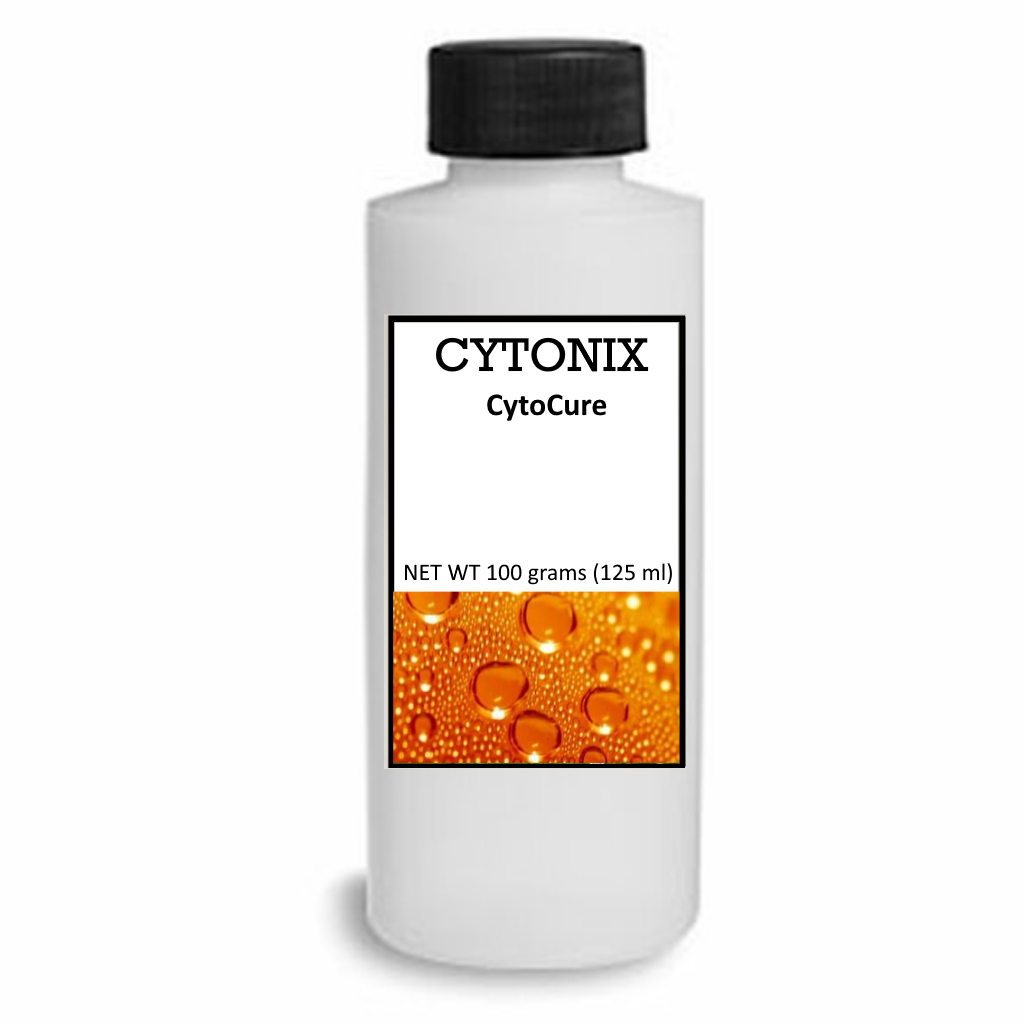
CytoCure DA
CytoCure DA is a high-performance conformal coating designed to lower the surface energy of substrates. This PFAS-free formulation provides excellent oil repellency, ensuring long-lasting protection and improved performance for treated surfaces.
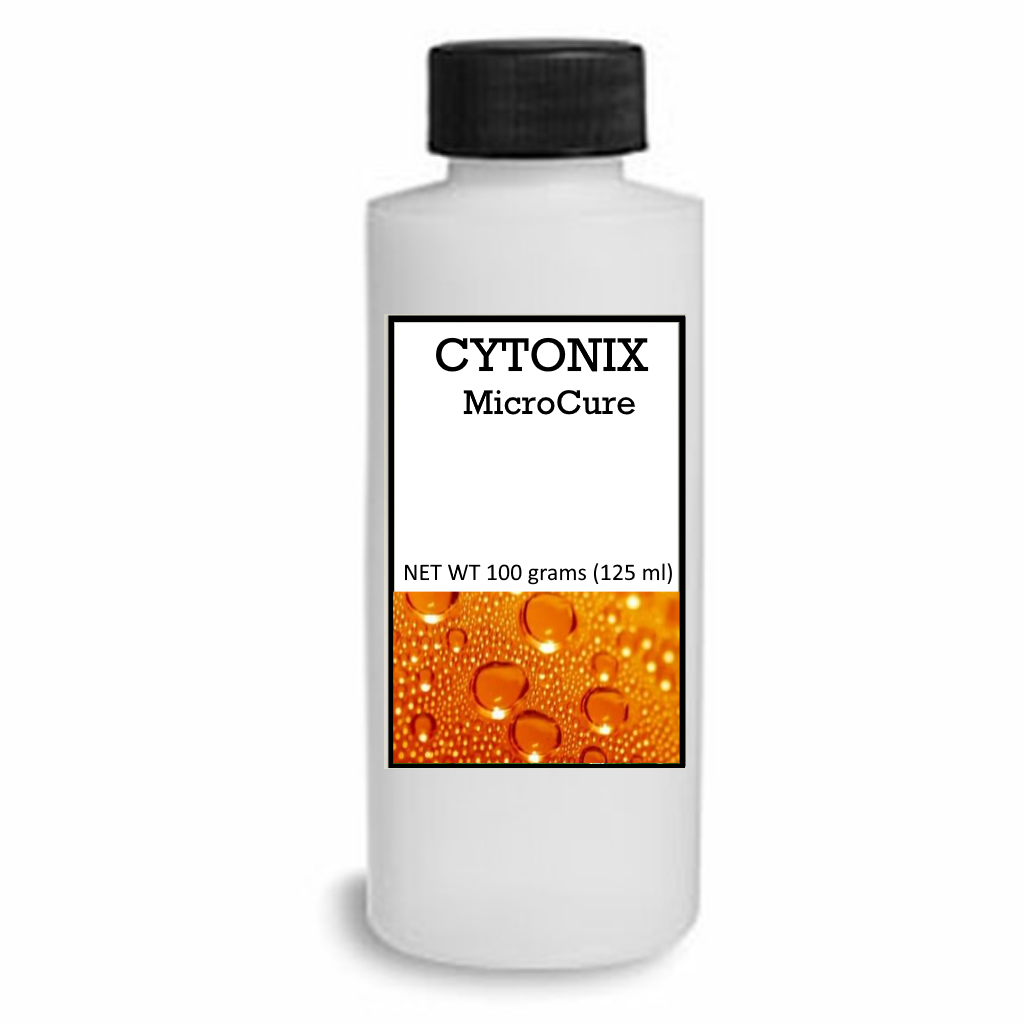
MicroCure DX
MIcroCure DX is a conformal coating engineered to reduce substrate surface energy. Completely PFAS-free, it delivers outstanding water roll-off properties, enhancing durability and surface cleanliness.
Find the Right Coating for Your Application
Our experts are available to help you choose the best Cytonix product for your needs. Email us at cytonix@cytonix.com or call (301) 470-6267 for assistance.


